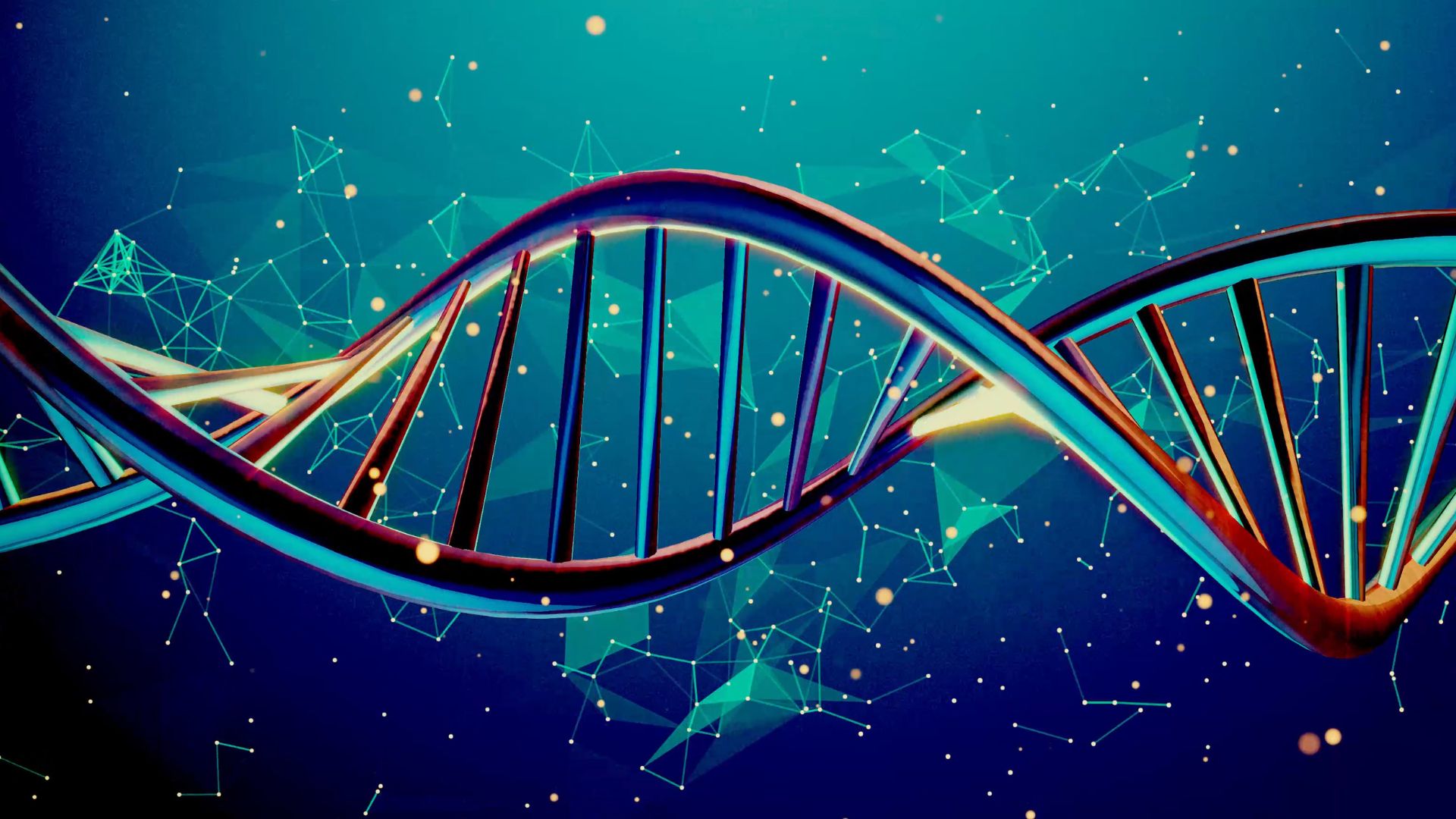Scientists uncover hidden math that governs genetic mutations
The ability of a gene to keep functioning despite mutations shows a surprising link to fundamental math.

Scientists have discovered that a key function from a "pure" branch of mathematics can predict how often genetic mutations lead to changes in function.
These rules, laid out by the so-called sum-of-digits function, also govern some aspects of protein folding, computer coding and certain magnetic states in physics.
"Part of what we're trying to do is find a universal explanation for a lot of these trends which have been observed in nature," said lead study author Vaibhav Mohanty, a theoretical physicist and doctoral and MD candidate at Harvard Medical School and the Massachusetts Institute of Technology.
For every genotype — letters of DNA for a given gene — there is a phenotype, or end result: a new protein, or even a behavior in the case of a gene that regulates another set of genes. A given genotype can accrue a number of mutations before its phenotype changes; this accumulation of neutral mutations is a major way evolution proceeds.
"We want to understand, how robust is the actual phenotype to mutations?" Mohanty said. "It turns out that that robustness has been observed to be pretty high." In other words, a lot of the "letters," or base pairs that make up the code of DNA, can change before the output does.
Because this robustness pops up not only in genetics but also in fields such as physics and computer science, Mohanty and his colleagues suspected its roots might lie in the fundamental mathematics of the possible sequences. They envisioned these possible sequences as a cube of many dimensions, known as a hybercube, with each point on this impossible-to-visualize cube as a possible genotype. Genotypes with the same phenotype should ultimately cluster together, Mohanty said. The question was, what shape would those clusters form?
The answer turned out to be found in number theory, the area of mathematics concerned with the properties of positive integers. The average robustness of a phenotype to mutations turned out to be defined by what's called a sum-of-digits function. This means that by adding the digits representing each genotype on the cube, you can arrive at the average robustness of the genotype.
Sign up for the Live Science daily newsletter now
Get the world’s most fascinating discoveries delivered straight to your inbox.
"Let's say there are five genotypes that map to a particular phenotype," Mohanty said. So, for instance, five letter sequences of DNA, each with a different mutation, but which all still code for the same protein.
Adding up the digits used to represent these five sequences gives you the average number of mutations those genotypes can take on before their phenotypes shift, the researchers found.
This led to the second intriguing discovery: These sums of digits, plotted out on a graph, formed what's called a blancmange curve, a fractal curve named after a French dessert (which looks like a fancy molded pudding).
In a fractal curve, "if you zoom into the curve it looks exactly the same as if you were zoomed out, and you can continue to zoom in infinitely and infinitely and infinitely and it would be the same," Mohanty said.
These findings revealed some interesting secrets about error correction, Mohanty said. For instance, the natural systems the researchers studied tended to handle errors differently than humans do when setting up data storage, like in digital messages or on CDs or DVDs. In these technological examples, all errors are treated equally, while biological systems tend to protect certain sequences more than others.
That's not surprising for genetic sequences, where there might be several linchpin sequences and then others that are more peripheral to the main gene function, Mohanty said.
Understanding the dynamics of these neutral mutations could eventually be important for preventing disease, Mohanty said. Viruses and bacteria evolve rapidly, and they accumulate many neutral mutations in the process. If there were a way to prevent these pathogens from landing on the needle-in-the-haystack beneficial mutation among all the chaff, researchers might be able to stymie pathogens' ability to become more infectious or resistant to antibiotics, for example.
The researchers published their findings July 26 in the Journal of the Royal Society Interface.

Stephanie Pappas is a contributing writer for Live Science, covering topics ranging from geoscience to archaeology to the human brain and behavior. She was previously a senior writer for Live Science but is now a freelancer based in Denver, Colorado, and regularly contributes to Scientific American and The Monitor, the monthly magazine of the American Psychological Association. Stephanie received a bachelor's degree in psychology from the University of South Carolina and a graduate certificate in science communication from the University of California, Santa Cruz.









